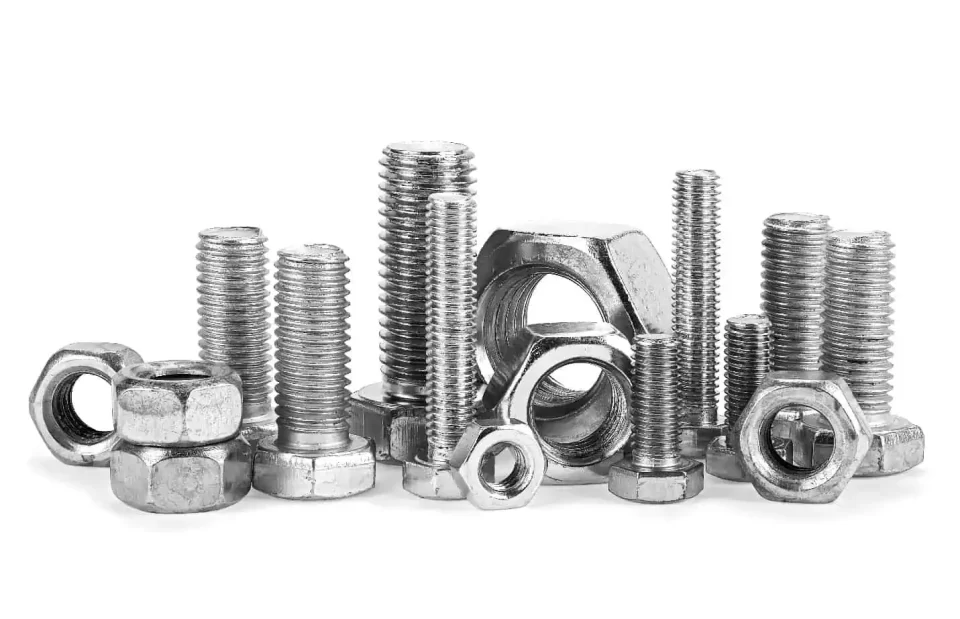Threaded fittings are one of the most common and straightforward components used in piping systems across a wide range of industries. They are designed to join two or more pipes by screwing them together using threads cut into the ends of the pipes or fittings. Whether you’re working on a small residential project or a large industrial system, understanding threaded fittings, their materials, and their uses can help ensure a safe and efficient installation.
What Are Threaded Fittings?
Threaded fittings use a helical or spiral thread pattern cut into the fitting and the pipe it connects to. This allows for a tight, pressure-resistant seal between the connected parts. These fittings are easy to install and remove, making them highly versatile for maintenance and adjustments. Threaded fittings are primarily used in low to moderate pressure systems, where welding is not an option or flexibility is required for future changes or repairs.
Types of Threads in Fittings
There are several different types of thread designs used in piping systems, each with its own unique advantages and applications:
- NPT (National Pipe Thread): NPT is the most common thread type in the U.S. and is used extensively in plumbing and industrial applications. It has a tapered design, meaning the diameter decreases as you move along the thread, creating a tighter seal as the fitting is screwed in.
- BSP (British Standard Pipe): BSP is used mainly outside the U.S. It comes in two forms: BSPT (tapered) and BSPP (parallel). BSP threads have a different pitch and angle compared to NPT, so they are not interchangeable. They’re commonly found in European and Asian systems.
- ISO/Metric Threads: These threads are standardized internationally and used across industries. Unlike NPT or BSP, metric threads are usually parallel and can be combined with sealing rings to prevent leaks.
- UN/UNF (Unified National/Unified National Fine): These threads are common in automotive and heavy machinery industries. UN/UNF threads have a tighter pitch compared to other thread types, allowing for more precise adjustment and better sealing in high-pressure systems.
Materials Used in Threaded Fittings
The material of threaded fittings plays a key role in determining their performance, durability, and suitability for different applications. Here are the most common materials used:
- Brass: Brass fittings are corrosion-resistant and durable, making them ideal for water, gas, and air applications. They are commonly used in plumbing, heating, and air conditioning systems because of their resistance to rust and ease of installation.
- Stainless Steel: Stainless steel threaded fittings are used in environments where corrosion resistance and strength are critical. They are commonly found in industries dealing with chemicals, oil and gas, food processing, and marine applications. Their ability to withstand high temperatures and harsh environments makes them a versatile choice.
- Carbon Steel: Carbon steel is known for its strength and ability to handle high pressure, making it suitable for industrial piping, steam, and oil applications. It is often used in systems where durability is more important than corrosion resistance.
- Plastic (PVC/CPVC): Plastic threaded fittings, including PVC and CPVC, are lightweight and corrosion-resistant. They are typically used in low-pressure, non-corrosive environments like water supply lines, irrigation systems, and drainage systems.
- Cast Iron: Cast iron threaded fittings are used in heavy-duty applications like fire protection, steam, and wastewater systems. While cast iron is durable, it is also brittle and prone to corrosion, so it is typically coated for extra protection.
Advantages of Threaded Fittings
- Ease of Installation: Threaded fittings are easy to install without the need for welding, making them ideal for projects that require flexibility or frequent adjustments.
- Cost-Effective: Compared to welded or flanged systems, threaded fittings are generally less expensive and do not require specialized tools or labor.
- Flexibility: Threaded fittings are ideal for systems that may need future adjustments, as they can be easily unscrewed and replaced without damaging the pipes.
- Reusability: Unlike welded connections, threaded fittings can be unscrewed and reused in other parts of a piping system.
Common Uses of Threaded Fittings
- Plumbing: Threaded fittings are widely used in residential and commercial plumbing systems for water and gas lines due to their simplicity and reliability.
- HVAC Systems: In heating, ventilation, and air conditioning systems, threaded fittings are used to connect pipes that carry refrigerants, air, and water.
- Oil and Gas: Threaded fittings are popular in the oil and gas industry for low-pressure pipelines, tanks, and valve connections.
- Industrial Applications: Threaded fittings are used in various industrial applications such as chemical processing, food and beverage production, and manufacturing, especially in systems that need regular maintenance.
- Agricultural Irrigation: For irrigation systems, threaded fittings provide a simple way to connect piping in complex networks, making repairs and expansions easy to manage.
Conclusion
Threaded fittings play a critical role in many piping systems due to their ease of installation, cost-effectiveness, and flexibility. By understanding the different thread types, materials, and typical applications, you can choose the right fitting for your project, ensuring a safe, efficient, and long-lasting system. Whether you’re dealing with plumbing, HVAC, or industrial applications, threaded fittings offer a versatile and dependable solution.

